A Bad Habit Room is more than just a cluttered space it’s a powerful symbol of the environment that feeds destructive routines and mental stagnation. Whether it’s a messy bedroom, a toxic digital space, or an emotionally draining social environment, these rooms nurture procrastination, addiction, laziness, and unhealthy choices. This in-depth guide explores how bad habit rooms are formed, the psychological and emotional damage they cause, and how to escape them using effective strategies rooted in behavioral science, mindfulness, and self-discipline.
Learn to identify the signs, detoxify your surroundings, and redesign your space to reflect growth, clarity, and personal success. From digital minimalism to positive habit formation and emotional resilience, this article offers a complete transformation blueprint. Say goodbye to mental fog, anxiety, and negative energy. Reclaim your time, boost your focus, and redesign your environment to work for you not against you. Break free from your bad habit room and unlock your true potential today.
Introduction: Welcome to the Bad Habit Room
You wake up groggy in a cluttered room. Dishes are stacked, clothes are scattered, your phone is buzzing, and your willpower feels nonexistent. Welcome to the Bad Habit Room a place where motivation dies, and bad habits thrive. It’s not just a physical space; it’s a reflection of your mindset, routine, and emotional state.
In this guide, we’ll uncover what a bad habit room truly is, how it subtly takes over your life, and most importantly how to transform it into a space of productivity, wellness, and self-growth. Whether you’re battling procrastination, tech addiction, or emotional burnout, this article will help you break free and reclaim your environment.
What Is a Bad Habit Room?
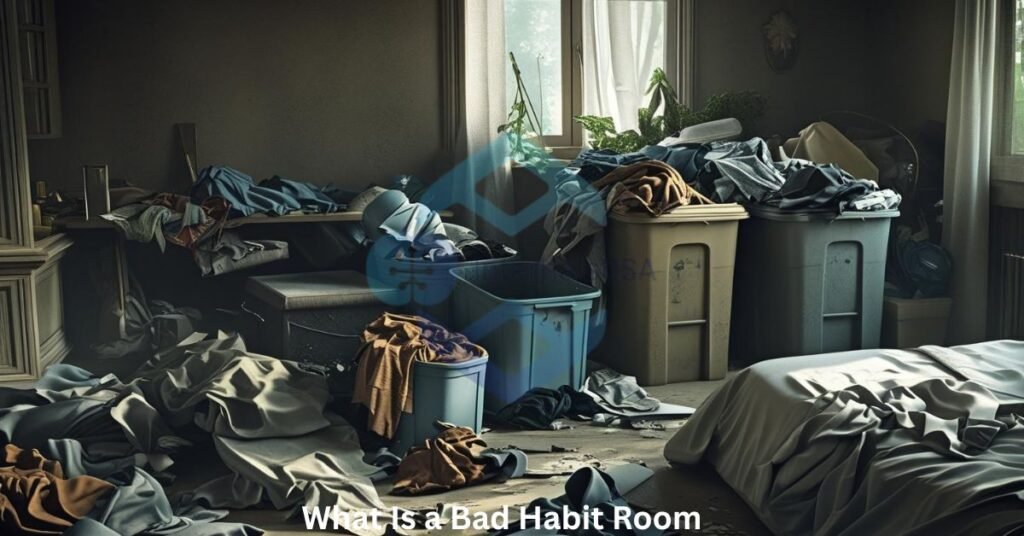
A bad habit room is any environment that promotes unproductive, unhealthy, or self-destructive behaviors. It could be:
- A disorganized bedroom encouraging laziness
- A home office that fuels procrastination
- A digital space filled with toxic content
- A mental “room” of emotional triggers
The core idea is simple: your environment shapes your behavior. A room filled with junk food, screens, mess, and chaos fosters bad habits like binge-watching, doomscrolling, skipping workouts, and emotional eating.
Why Is This Important?
Because habits thrive where they are supported. A bad habit room acts like a greenhouse for toxic behaviors watering them every single day.
How Do Bad Habit Rooms Form?
You don’t enter a bad habit room intentionally. It forms slowly, often without notice.
Here’s how it usually happens:
- Neglect: You stop making your bed, skip cleaning, pile up dishes.
- Comfort Seeking: You start bringing snacks, phones, and distractions into your personal space.
- Avoidance Behavior: You associate the space with zoning out rather than focusing.
- Emotional Anchoring: When you’re stressed, anxious, or sad you go to this room and repeat unhealthy behaviors.
Over time, this creates a reinforcing cycle. You feel bad → go to your space → engage in destructive behavior → feel worse → repeat.
Psychological Impact of a Bad Habit Room
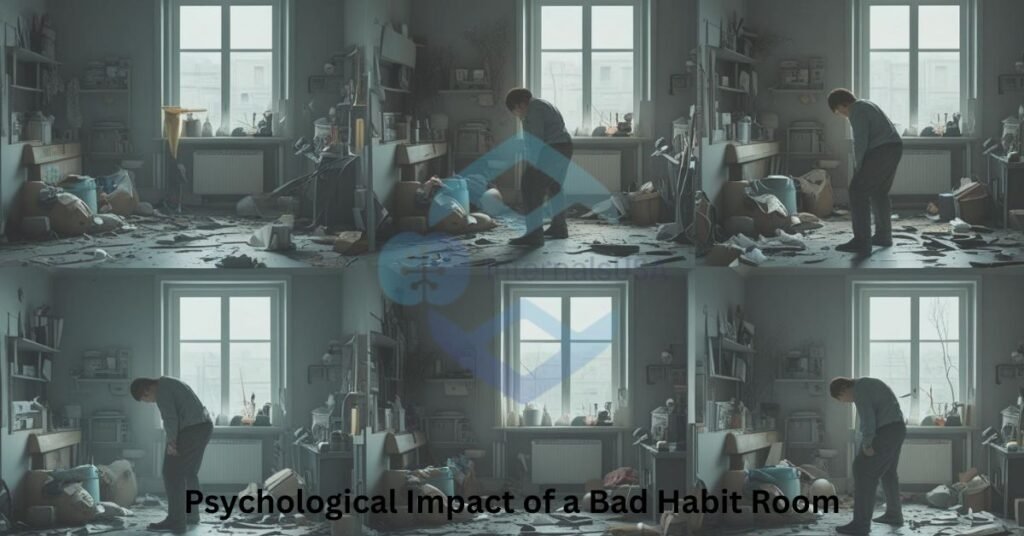
The bad habit room becomes a visual and emotional trigger that keeps you stuck.
Mental Health Consequences Include:
- Stress & Anxiety: Cluttered environments increase cortisol.
- Low Motivation: Messy surroundings make your brain feel overwhelmed.
- Depression: A dirty, disorganized space can worsen depressive symptoms.
- Impaired Focus: Constant stimuli make it harder to concentrate.
- Learned Helplessness: You feel like you can’t change so you don’t even try.
As NLP and behavioral psychology suggest, external chaos often mirrors internal chaos. By changing your environment, you influence your internal state.
The Digital Bad Habit Room
Let’s talk about a modern trap the digital bad habit room. It doesn’t have walls, but its impact is just as real.
Signs of a Digital Bad Habit Room:
- You spend hours scrolling with no purpose.
- You follow toxic people or content that triggers insecurity.
- You constantly switch apps, seeking dopamine hits.
- You feel anxious when not checking your phone.
Your devices are not the enemy your digital behavior is. Mindless consumption is a symptom of deeper disconnection from goals and self-worth.
Recognizing You’re in a Bad Habit Room
The first step to freedom is awareness. Here are warning signs:
- You avoid the room unless it’s for distractions.
- You can’t focus, create, or relax in the space.
- You always feel tired, lazy, or numb inside it.
- You overeat, overthink, or overstimulate there.
- It represents who you used to be not who you want to become.
Your bad habit room may look like your old self but you’ve outgrown it. It’s time to upgrade.
Transforming the Bad Habit Room: A Step-by-Step Guide
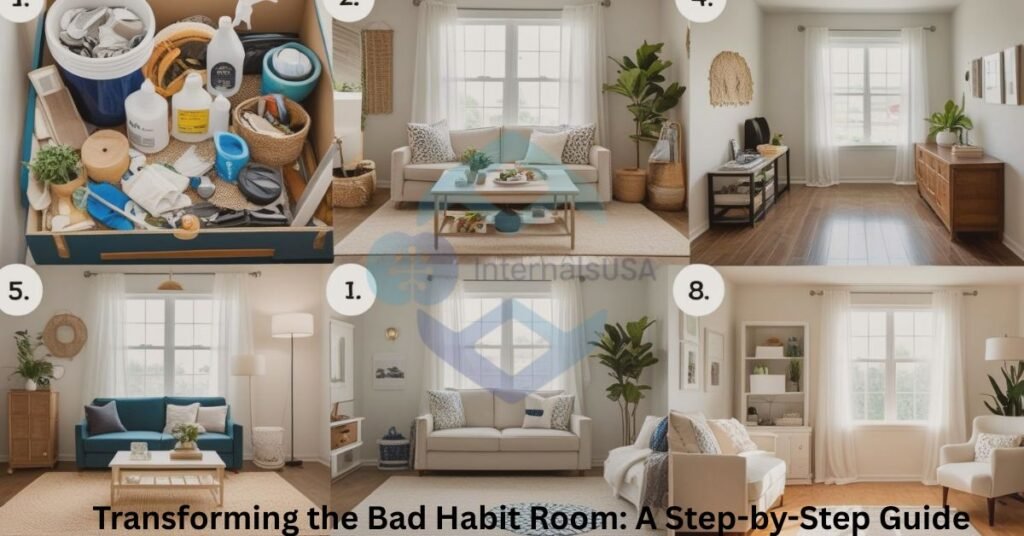
Here’s your transformation blueprint:
a. Declutter Physically and Mentally
- Throw away anything unnecessary.
- Wipe down surfaces.
- Organize shelves, cables, and closets.
- Journal out your current mindset.
b. Replace Triggers with Tools
Swap
- Junk food → healthy snacks
- Endless chargers → books
- Toxic posters → affirmations
- Screens → creativity boards
c. Establish Room Roles
Assign function
- Sleep only in the bed.
- Work only at your desk.
- Eat only in the kitchen.
This rebuilds psychological association between space and behavior.
d. Introduce Mindful Habits
Bring in
- A morning meditation corner
- A stretch mat or yoga space
- A whiteboard for goals
- Light and fresh air
Create a space that nurtures intentional living.
The Emotional Layer of the Bad Habit Room
Many people cling to their bad habit rooms out of emotional attachment. Maybe:
- It was your college dorm.
- You shared it with a loved one.
- You experienced trauma there.
This space may hold emotional memory. But staying connected to the past blocks your present evolution.
Let go with love. Redesign with purpose.
Social Bad Habit Rooms
Sometimes, the room isn’t physical it’s a group of people.
If you:
- Hang out with friends who normalize toxic behavior
- Spend time in social circles that promote laziness or gossip
- Feel drained after every interaction
then you’re in a social bad habit room. You may need to set boundaries, change circles, or reduce exposure to negativity.
The Role of Design in Breaking Habits
Interior design isn’t just about aesthetics it affects your brain. Here’s how to use it to beat bad habits:
- Lighting: Natural light boosts mood and alertness.
- Color Psychology: Use calming tones like blue or green.
- Scent: Essential oils like lemon or peppermint energize you.
- Texture: Cozy, soft textures reduce stress.
- Sound: Add soft music or silence to improve focus.
Design can trigger discipline or distraction. Use it wisely.
Building the Good Habit Room
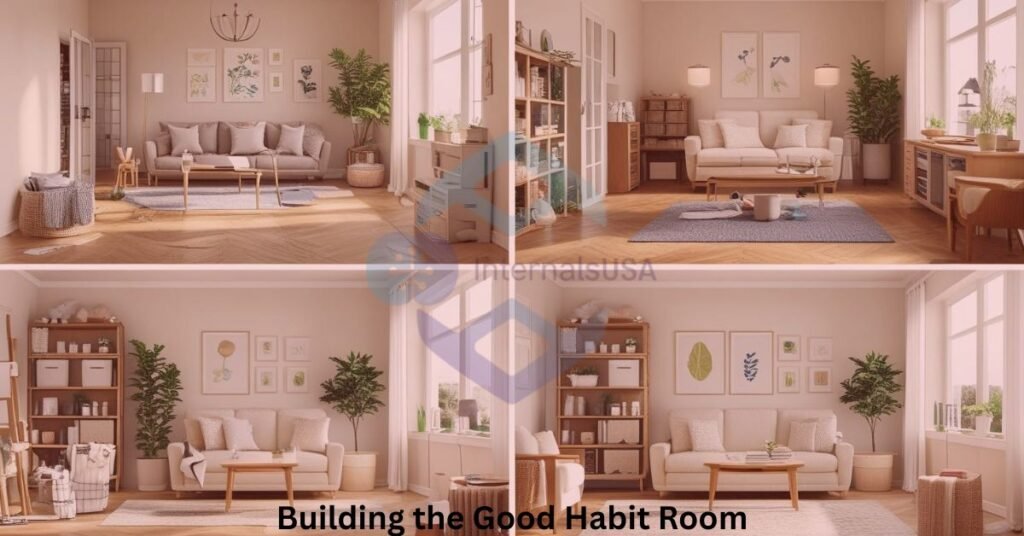
Flip the script. Turn your environment into a positive trigger machine.
A Good Habit Room Includes:
- Clarity: Everything has a place and purpose.
- Energy: It inspires action.
- Focus Zones: For reading, meditating, or creating.
- Minimalism: Less is more when it comes to mental clarity.
- Visual Goals: Vision boards, whiteboards, quotes.
Your space becomes a reflection of your future not your past.
Case Study: Before and After the Bad Habit Room
Before
Ali was a college student who couldn’t concentrate. His room was full of snacks, clothes on the floor, dark curtains, and he worked from his bed. Depression worsened.
After
He decluttered, opened windows, removed his TV, bought a desk, started journaling in the morning, and introduced a “no screen before sleep” rule.
Result? Improved focus, better sleep, healthier habits, and emotional clarity.
The bad habit room became a growth lab.
Self-Accountability Tools for Your Space
Here are some tools to maintain a positive environment:
- Habit Trackers (physical or apps)
- Room-cleaning schedule
- Morning rituals
- Gratitude journals
- Accountability boards
Don’t just fix your room once. Maintain it consistently. Growth is a daily process.
FAQs About Bad Habit Room
What exactly is a bad habit room?
A bad habit room is any space, physical or digital, that encourages unproductive, unhealthy, or self-destructive behavior like procrastination, addiction, or mental fog.
Can a digital space be a bad habit room?
Absolutely. Social media, apps, and screen time can create digital bad habit rooms that feed distraction, stress, and comparison.
How do I know if I’m stuck in one?
If your environment drains you, promotes poor routines, or reflects a version of you you’re trying to outgrow it’s a bad habit room.
What’s the first step to changing it?
Declutter and redefine the space. Set boundaries. Remove triggers. Add tools that support growth, mindfulness, and discipline.
Is it possible to permanently escape the bad habit room?
Yes. With consistent effort, awareness, and environment design, you can break free and replace it with a growth-oriented, peaceful, and productive space.
Conclusion
A Bad Habit Room is not just a space it’s a lifestyle trap. It quietly fuels your fears, bad choices, and mental fog. But once you see it, you can fix it. Whether physical, digital, emotional, or social your environment must align with your best self. Take the first step today. Clean the corner. Set an intention. Light a candle. Open a window. Let your space breathe. Let yourself breathe. Because when your environment supports your growth, your habits follow. And when your habits evolve, your life transforms.
Also Read
Printable Habit Tracker: Your Simple Guide to Building Better Habits
Habit Burger Nutrition: The Ultimate Guide to Eating Smart at The Habit
Country Music Star Disgusting Habit: The Truth Behind the Scandal



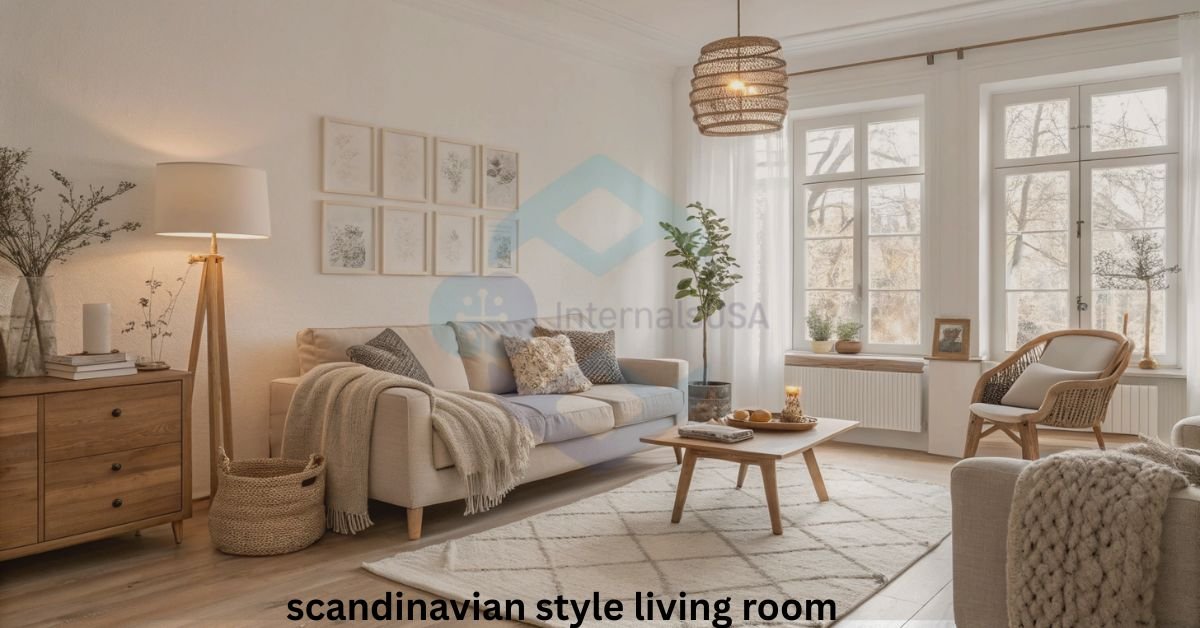
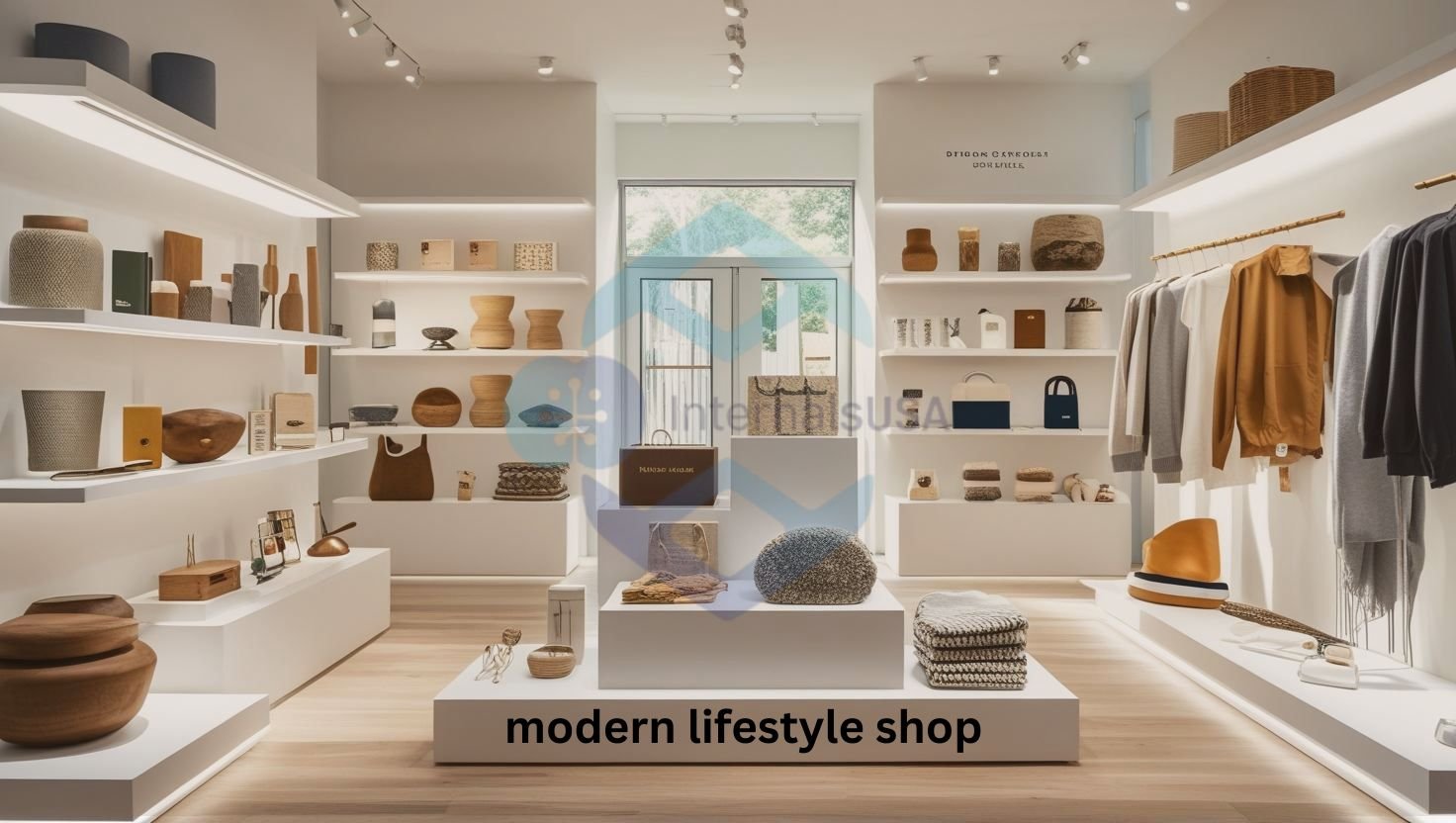





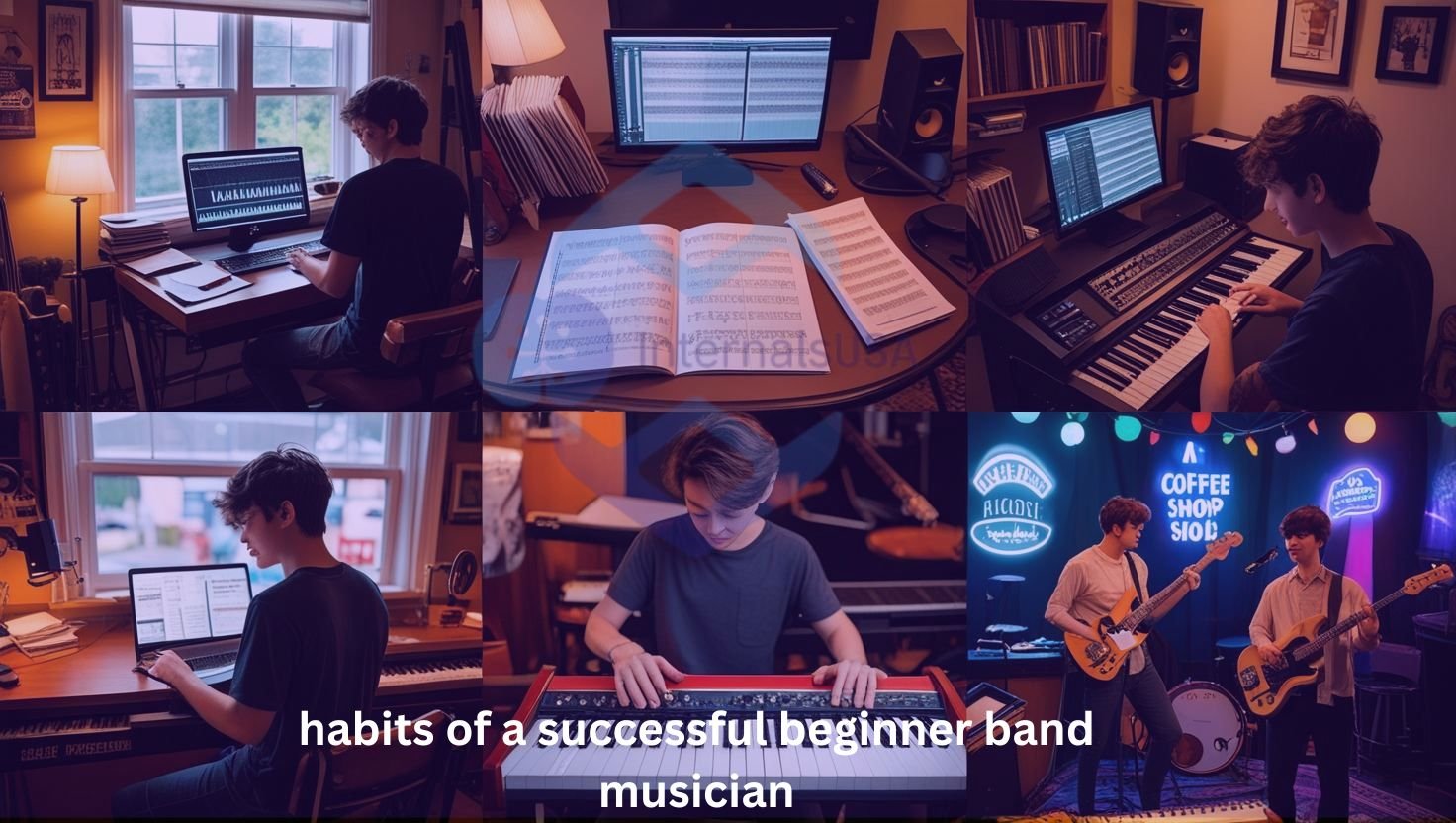



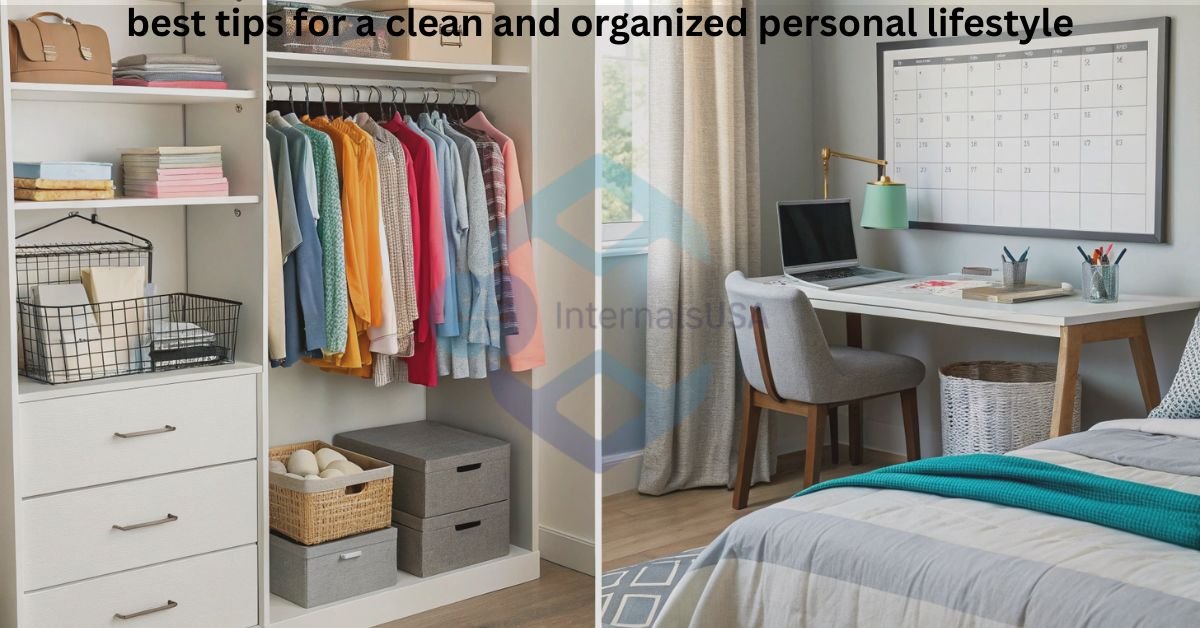

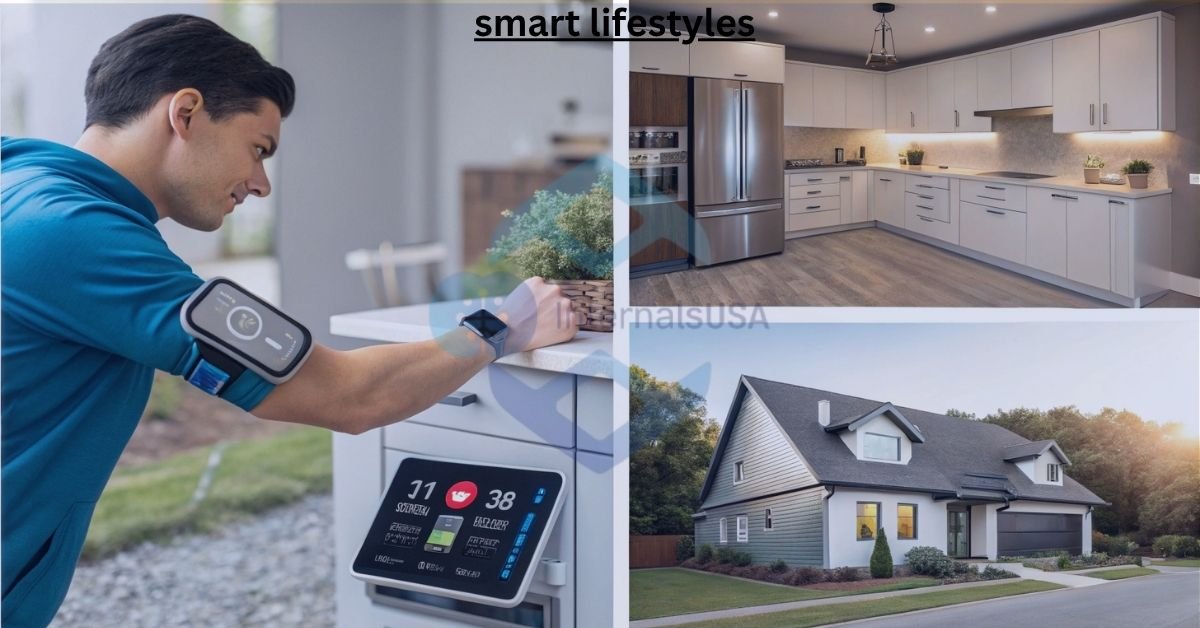


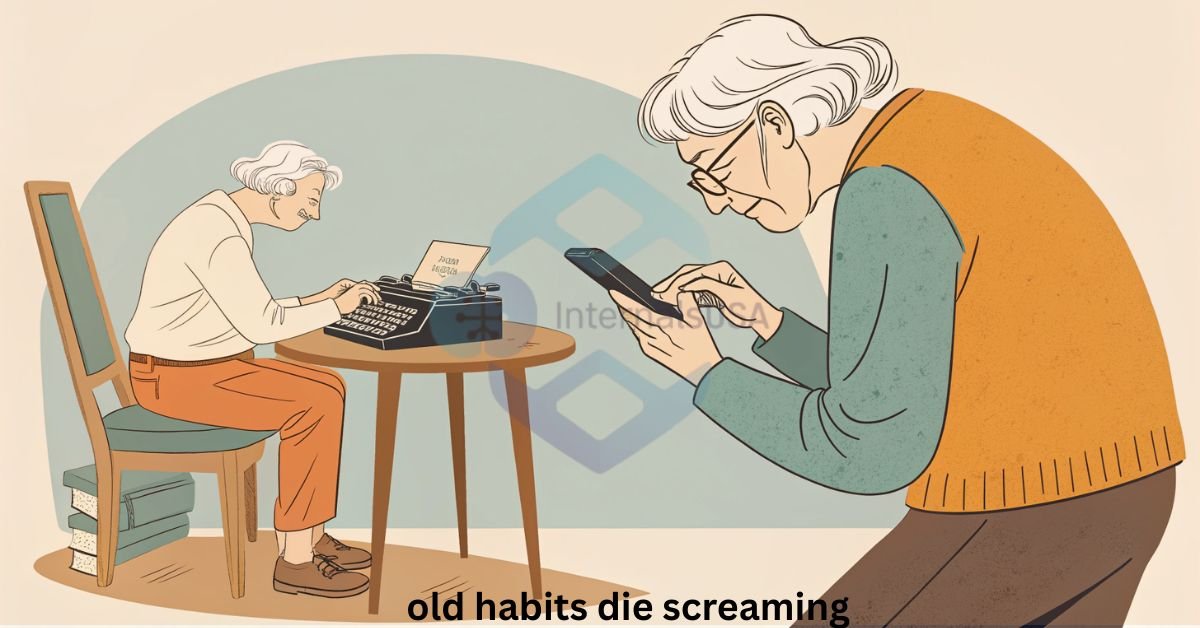



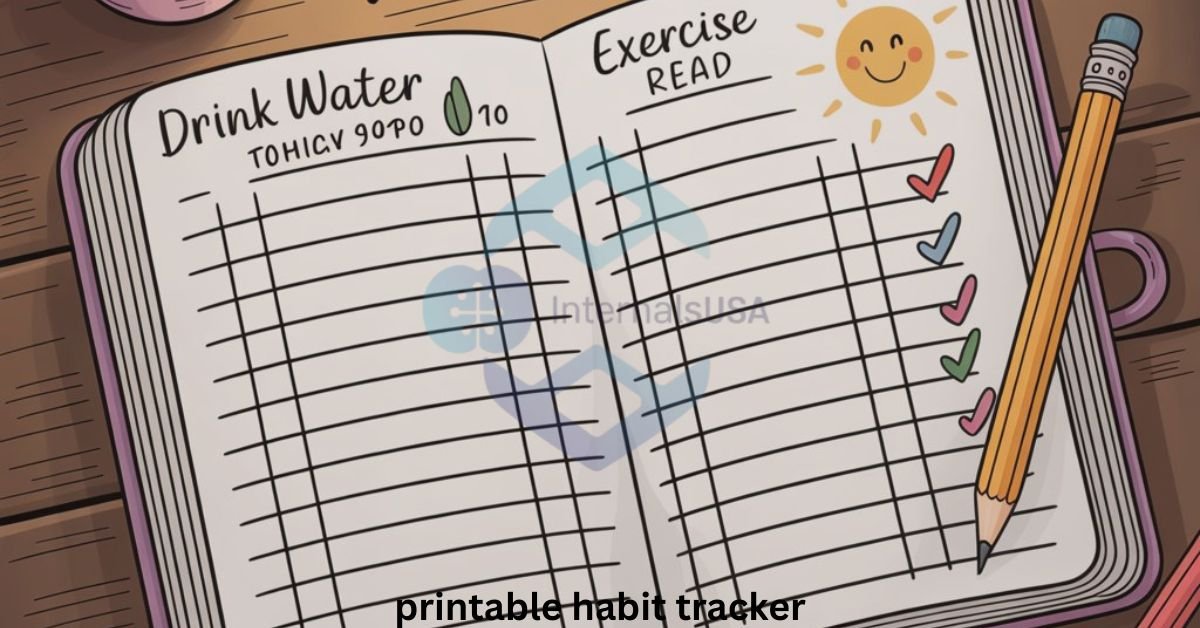
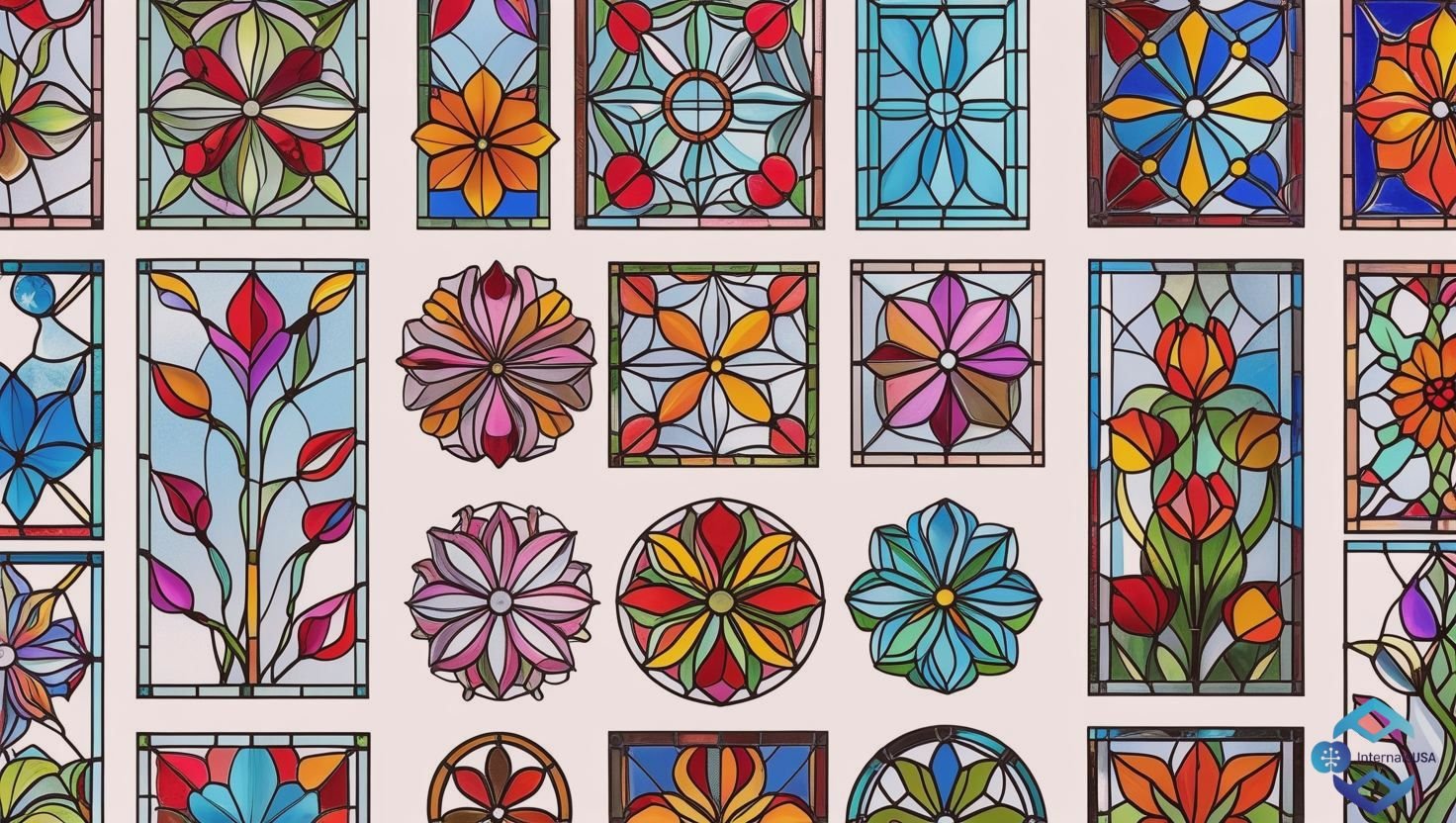








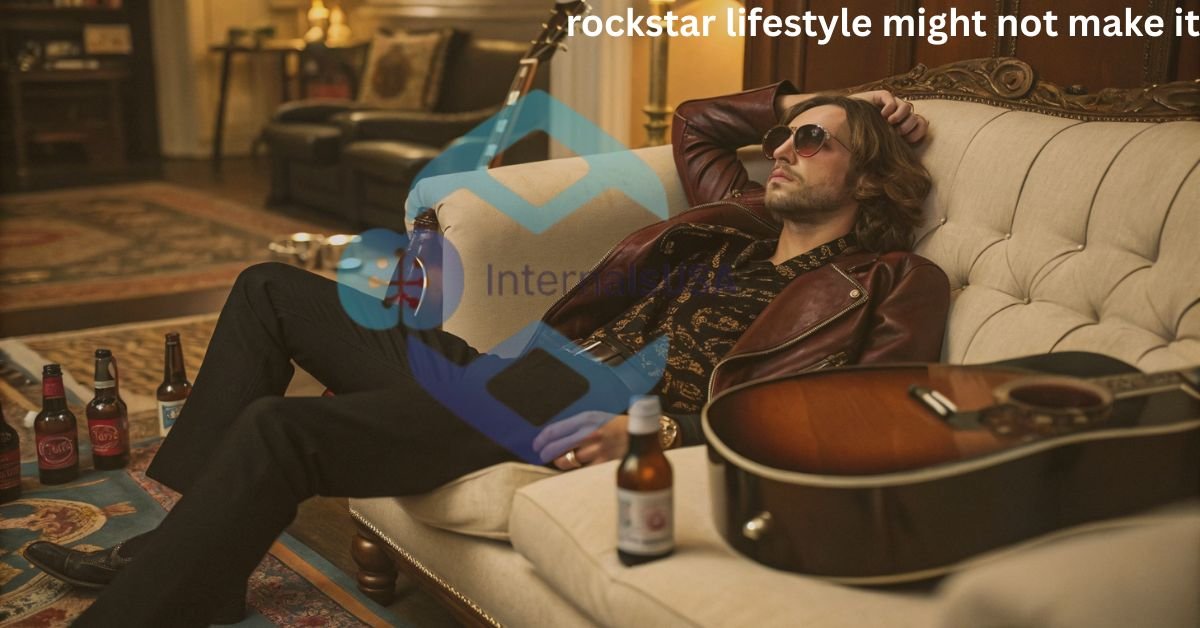

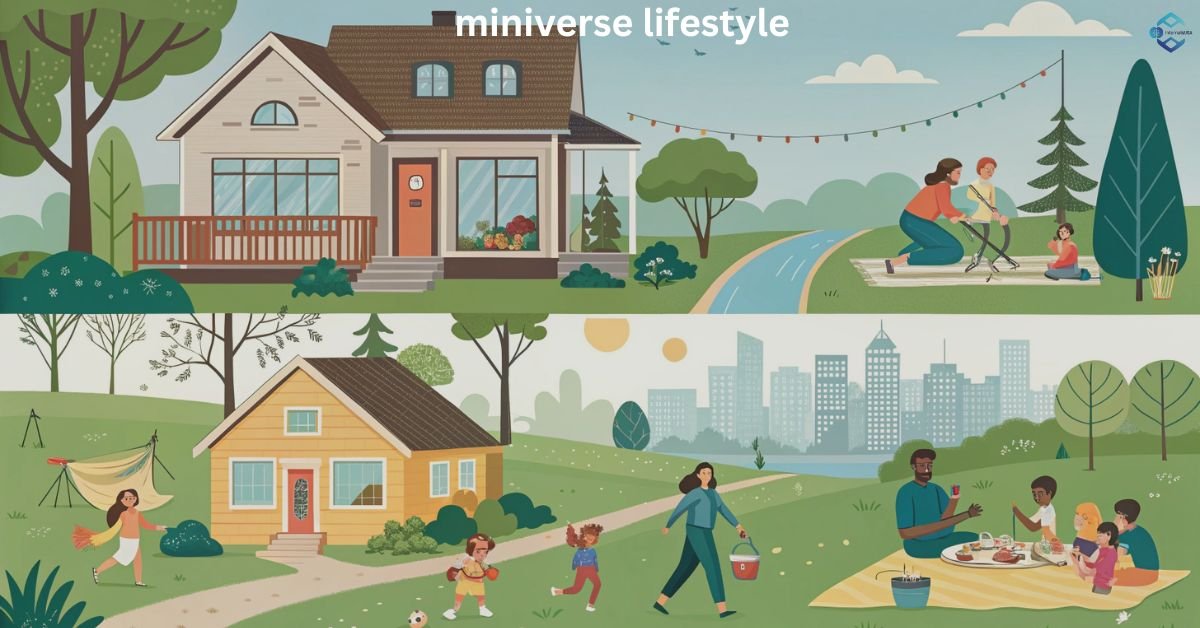


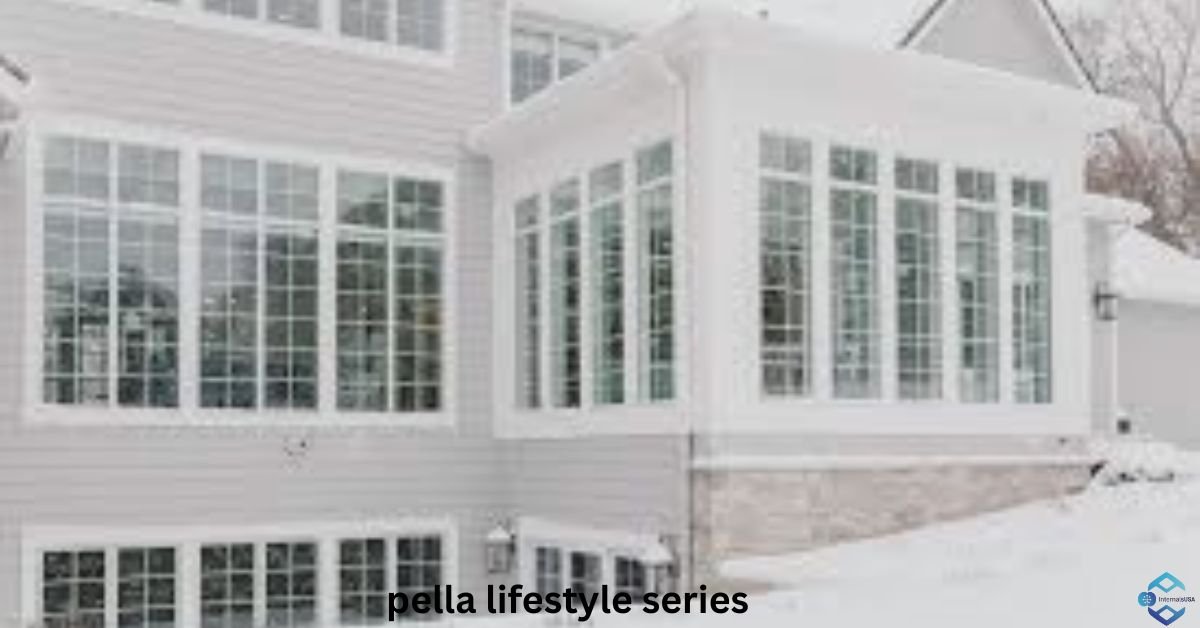







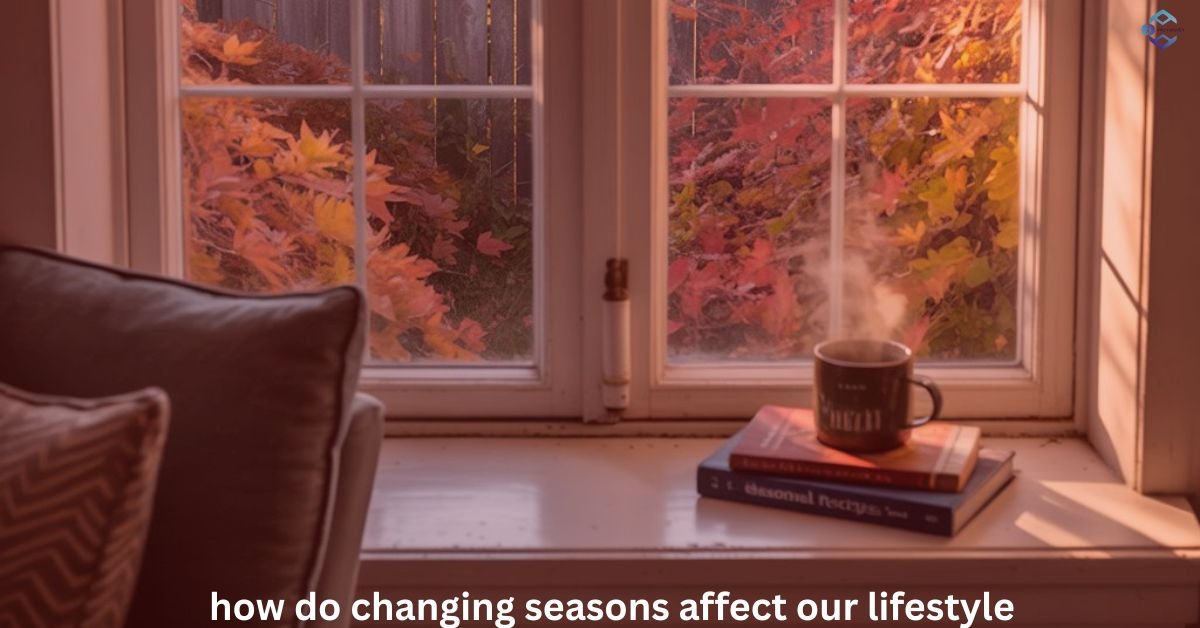

Leave a Reply